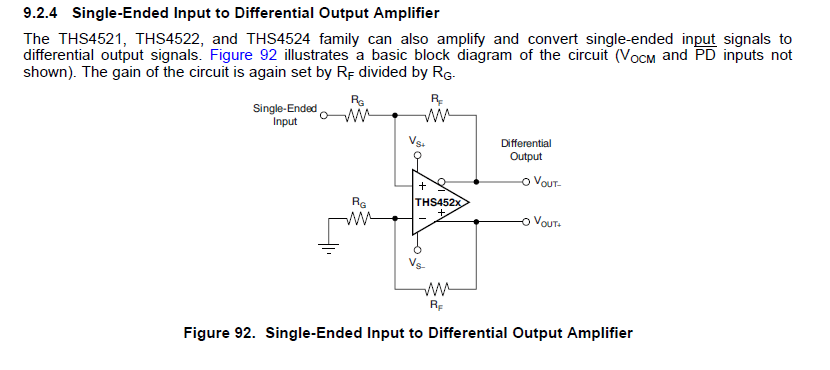Other Parts Discussed in Thread: THS4522, TINA-TI, THS4524
Hi,
I have a big problems with THS4522. I got samples and used it in our project. You can see part of design in the attachment. The problem is after soldering, some chips doesn't work - it looks like they are broken. Some of them works for a while, but after that they crashed. We don't know what is going on with these chips. Can anyone help?


